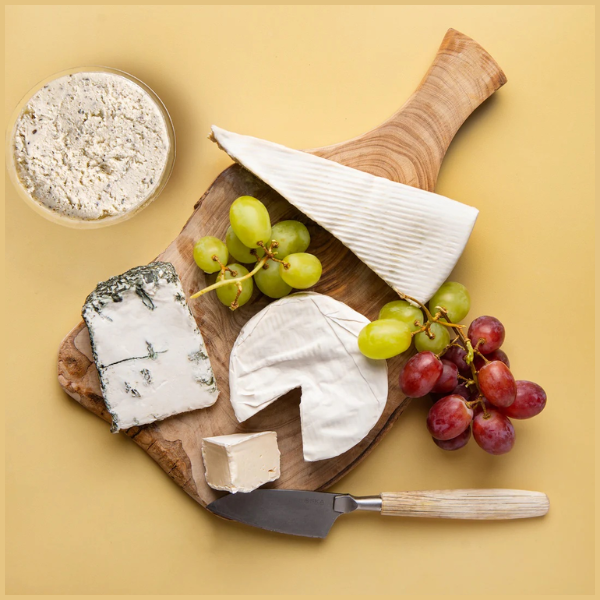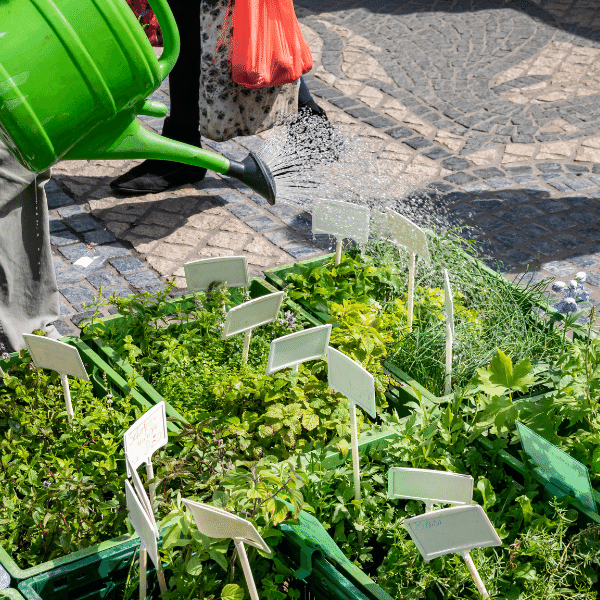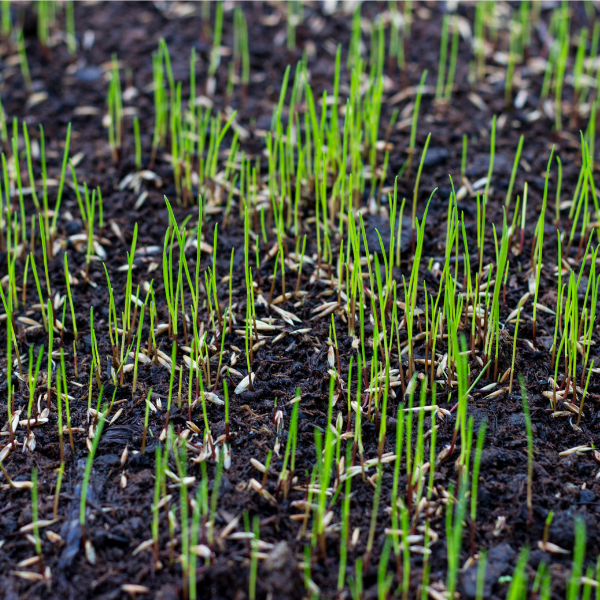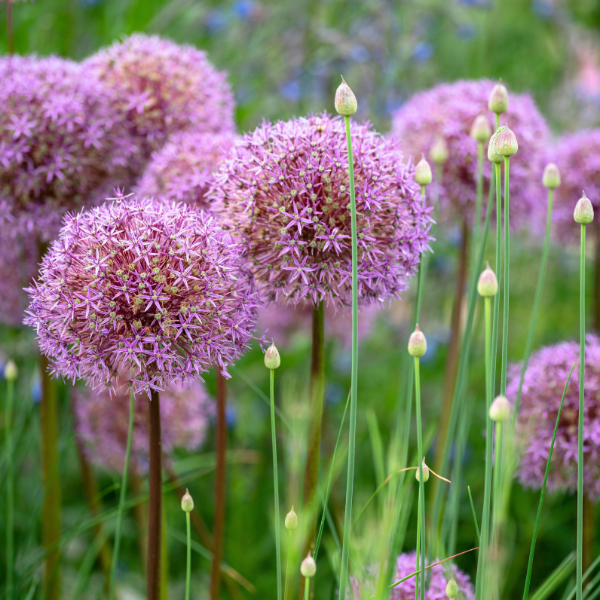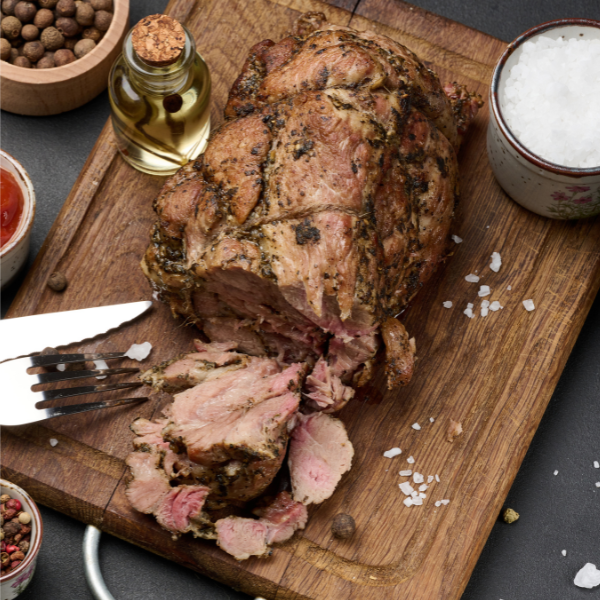Grow Your Own Vegetables

Growing your own fruit and vegetables can be exciting, rewarding and enjoyable. To make sure you get a successful season, you will need to work around the weather and temperature, whilst keeping them watered and away from slugs and animals. Growing your own has many benefits in comparison to buying them from a supermarket. There is no packaging wastage, no preservatives and a regular supply throughout the summer. Keep reading to find out how to grow your own produce...
Tomatoes
To grow tomatoes successfully, you need rich, fertile soil or peat-free potting compost. Planting them in late February to mid-March is a good time to start. You want to put them in direct sun whilst watering them regularly. You will need to feed them if you aren't using a grow bag.
We recommend using a grow bag to promote healthy growth and give you the best results, it's also good idea to plant several to increase your chances of more perfect tomatoes. We recommend planting a few in different amounts of light if you can, for example planting some where the sunlight is direct all day throughout the summer and planting some where sunlight hits from midday onwards. This will then allow the fruit to ripen at different times so you don't end up with them all ripe at once and have to rush to eat them all! Watering them everyday in the summer with lots of water is key to promoting growth.
Use trellises to keep your plants growing upright as this will mean more shoots and prevent it from dropping.
If you are not using a grow bag, you will need to feed them weekly with a high-potash fertiliser once the plants start to flower. Tomatoes are split into two main growing types: determinate (bush) and indeterminate (cordon).
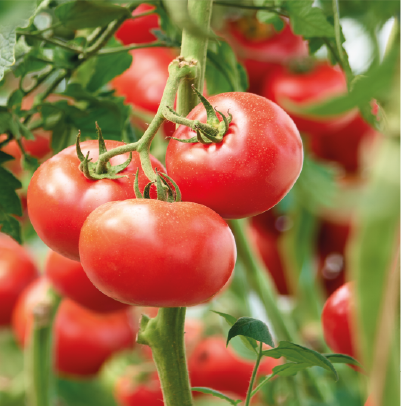
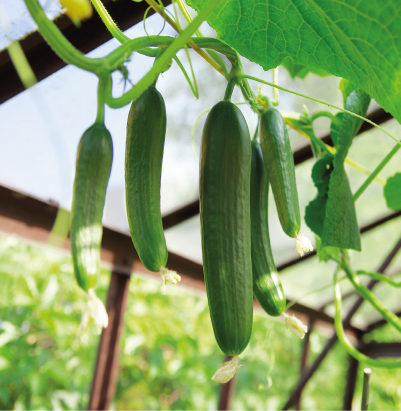
Cucumbers and Courgettes
Cucumbers and courgettes grow well in the UK if there is enough sun and warmth to keep them growing.
Sow cucumber and courgette seeds on their side, 1–2cm (½–¾in) deep, in small pots. Keep them at 21°C (70°F) in a heated propagator if you have one. It provides a warm, humid environment to help seeds germinate and cuttings to root quickly.
Sow from mid-February to mid-March if you’re growing them in a heated greenhouse, or in April if you have an unheated greenhouse. If you’re going to plant them outdoors, sow in late April.
Outdoor varieties can be sown directly in their growing site in late May or early June. Sow seeds 1–2cm (½–¾in) deep.
You must keep them watered everyday throughout the summer and dry spells and keep an eye on slugs and diseases that could ruin your plants.
Potatoes
Potatoes are also great to grow in your garden if you have a lot of bedding space. You will need to plant them somewhere where they have enough room to grow. It’s important with earlies, and a good idea with maincrops, to ‘chit’ the seed potatoes before planting allowing them to start sprouting shoots. Now in late February or March you should be preparing your soil and chitting potatoes before you plant the sprouts later on.
If you're a beginner and have no clue what 'chitting' potatoes is, all it means is that you stand them rose end up (the end with the most small dents, or eyes) in egg boxes or trays in a light, frost-free place. The potatoes are ready to plant when the shoots are about 3cm (1in) long. With early potatoes, rub off the weakest shoots, leaving four per tuber.
Potato plants need ‘earthing up’ as they grow, to protect early shoots from frost damage and ensure the developing potatoes aren’t exposed to light, which turns them green and poisonous.
Once the stems are about 23cm (9in) tall, draw soil up around them, creating a ridge about 15cm (6in) high. As the stems grow, repeat the process several times. The final height of the ridge should be 20–30cm (8in–1ft).
The first potatoes should be ready to lift in June and July, the second batch should be ready in July and August.
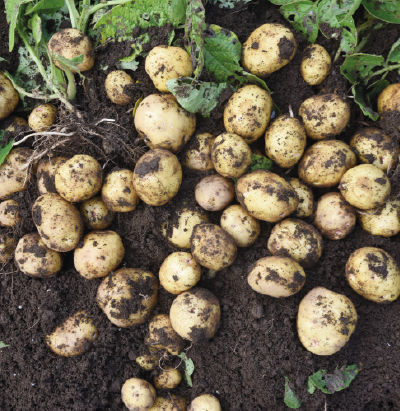

 2,768 REVIEWS
2,768 REVIEWS